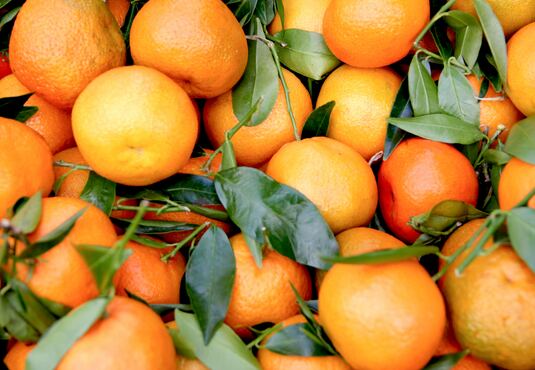
Still hungry, or already satisfied?
A bit of physiology: the satiety cascade
During food consumption, the ingested food enters the stomach, causing it to expand. This activates mechanoreceptors that relay this stretching sensation to the satiety center in the brain. Simultaneously, with the rise in blood sugar levels, the pancreas becomes active, releasing insulin, which also functions as a satiety hormone. Additionally, various hormones are produced in the intestines, sending satiety signals to the brain. In adipose tissue, the satiety hormone leptin is released, signaling to the brain that "the fat stores are full." Physiological satiety, therefore, involves the gradual activation of different mechanisms influenced by factors such as food composition, consistency, energy content, and energy density.
If only I could stop..
However, physiology is not the only factor. When something delicious is eaten, the brain's reward system is activated, releasing the neurotransmitters serotonin and dopamine – two feel-good hormones. It's possible that the anticipated enjoyment of a dish leads us to eat, and the experienced pleasure during eating influences how much we consume, independent of physiological satiety signals. Laboratory experiments have shown that a high degree of hedonic factors (also referred to as "liking" and "wanting") increases the motivation to eat, resulting in faster eating, delayed satiety, and an increase in the consumed portion size. Outside the laboratory, it becomes evident that "wanting" (desiring to eat something) increasingly gains significance – especially in a "wonderland" where attractively advertised items are abundantly available. Larger packaging also plays a role, tempting us to consume more.
Less of the same
Another essential aspect is sensory satiety or so-called "perception-specific" satiety. This refers to the diminishing desire for a food item with an increasing amount consumed. Sensory satiety, therefore, has a dampening effect, promoting satiety: If only one dish is available, it becomes less interesting during the course of the meal. Conversely, a diverse buffet or multi-course menus usually lead to greater food intake before feeling satiated.
Please, take it slow
The speed of food consumption also significantly influences satiety. The physiological satiety cascade typically takes 15 to 20 minutes to fully activate. Consequently, those who eat quickly risk consuming much more energy during this period before experiencing a feeling of satiety. The texture of food is a crucial aspect: a food item that requires thorough chewing extends the chewing time, reduces eating speed, and therefore positively impacts satiety.
Another influencing factor is the expected calorie amount. This means that if a meal appears energy-dense, with, for example, a large visible surface or mass, the expected and subsequently perceived satiety is greater.
Mindful eating
When it comes to hunger and satiety, many people find it challenging to listen to their body's "inner" signals. A useful strategy in this regard is the concept of "mindful eating" – taking time for meals, eating consciously, enjoying the experience, and chewing deliberately. Slow eating tends to create a pleasant feeling of fullness. To practice mindful eating, periodically set aside your utensils, take conscious breaks, eat without distractions, opt for appropriate portion sizes, choose foods with various textures, and chew consciously for an extended duration (expert recommendation: at least 15 times). Prefer foods that appear voluminous and energy-dense but are not – as these still provide a sense of fullness.








